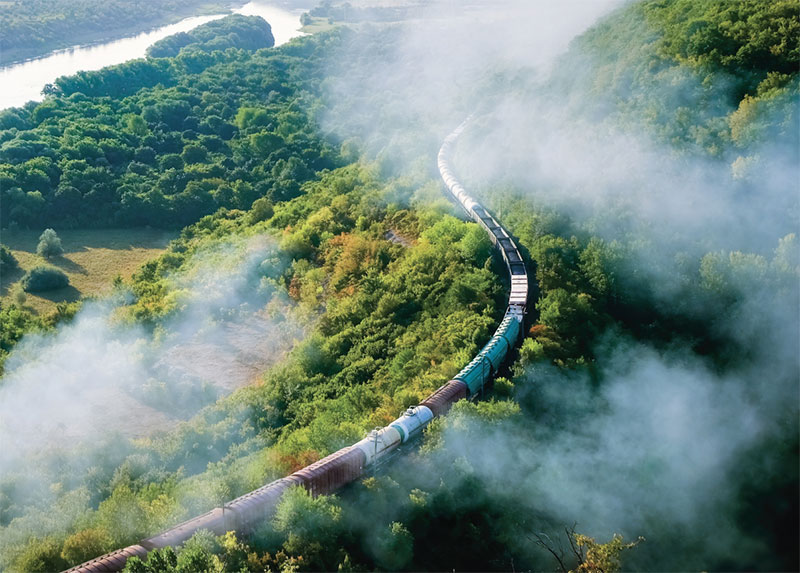Top 5 Easy ways to improve reading habits and writing
Reading and writing are important skills for any student, but they can be improved with a little effort. Here are some easy ways to get started: Make a reading schedule. – Set goals for the number of books you want to read each year and then make a schedule that allows you to meet those goals. Sticking to a schedule will make it easier for you to fit reading into your busy schedule. Make a writing schedule. – Just like making a reading schedule will help you read more, making a writing schedule will help you write more. You can even set goals like completing a story or writing a book by the end of the year. Find a quiet place to read/write. Set aside time each day to read/write in a peaceful place without any distractions. This will help ensure that you get the most out of your reading/writing sessions. Avoid multitasking while you read/write. Focus all of your attention on what you are reading/writing and avoid doing anything else during that time. This will help you learn and improve your writing skills faster. Listen to audiobooks while you commute. Listening to audiobooks can help you cut down on the amount of time that you spend commuting each week, and you can use them to help you get through books that you aren’t interested in reading on your own.









